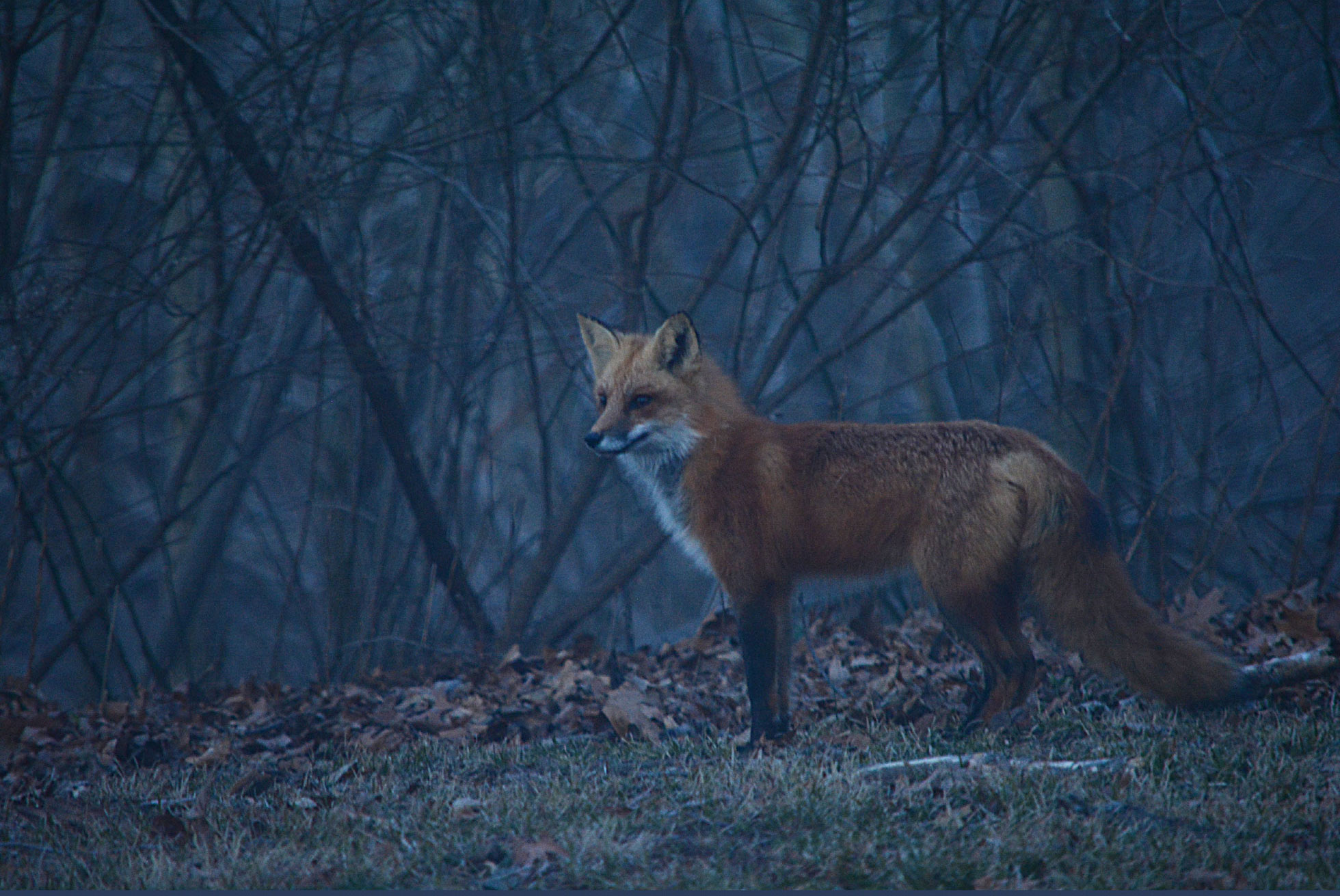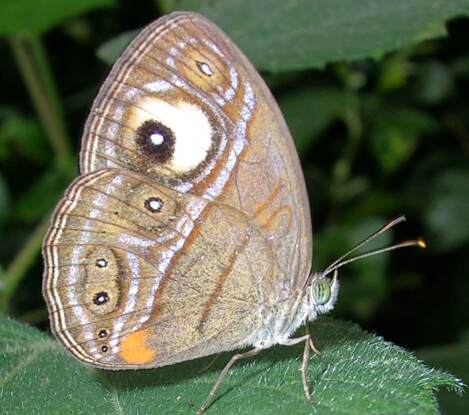|
Melanitis Zitenius
''Melanitis zitenius'', the great evening brown, is a species of nymphalid butterfly found in Asia. The species is crepuscular. Description Wet-season form. Male and female: Forewing: costa strongly arched, apex acute; termen immediately below apex in male angulate, in female falcate (sickle shaped). Upperside resembles '' M. ismene'', but ground colour on the whole somewhat warmer brown, a very broad patch of ochraceous yellow, above and beyond the subapical black spots, larger in the female than in the male. Underside closely irrorated (sprinkled) with dark brown striae (lines); the ocelli subequal, very much smaller and less clearly defined than in ''M. ismene''. Dry-season form. Costa of forewing less strongly arched; apex in both sexes very falcate. From the wet-season form it differs in the greater amount of ochraceous yellow on the apex of forewing. This forms a very broad band passing from the costa above and beyond the subapical black spots, spreading below and encirc ... [...More Info...] [...Related Items...] OR: [Wikipedia] [Google] [Baidu] |
Cambodia
Cambodia (; also Kampuchea ; km, កម្ពុជា, UNGEGN: ), officially the Kingdom of Cambodia, is a country located in the southern portion of the Indochinese Peninsula in Southeast Asia, spanning an area of , bordered by Thailand to the northwest, Laos to the north, Vietnam to the east, and the Gulf of Thailand to the southwest. The capital and largest city is Phnom Penh. The sovereign state of Cambodia has a population of over 17 million. Buddhism is enshrined in the constitution as the official state religion, and is practised by more than 97% of the population. Cambodia's minority groups include Vietnamese, Chinese, Chams and 30 hill tribes. Cambodia has a tropical monsoon climate of two seasons, and the country is made up of a central floodplain around the Tonlé Sap lake and Mekong Delta, surrounded by mountainous regions. The capital and largest city is Phnom Penh, the political, economic and cultural centre of Cambodia. The kingdom is an elec ... [...More Info...] [...Related Items...] OR: [Wikipedia] [Google] [Baidu] |
Johann Friedrich Wilhelm Herbst
Johann Friedrich Wilhelm Herbst (1 November 1743 – 5 November 1807) was a German naturalist and entomologist from Petershagen, Minden-Ravensberg. He served as a chaplain in the Prussian army. His marriage in Berlin, 1770, with Euphrosyne Luise Sophie (1742–1805), daughter of the Prussian ''Hofrat'' Libert Waldschmidt seems to have been childless. He was the joint editor, with Carl Gustav Jablonsky, of ''Naturgeschichte der in- und ausländischen Insekten'' (1785–1806, 10 volumes), which was one of the first attempts at a complete survey of the order . Herbst's ''Naturgeschich ... [...More Info...] [...Related Items...] OR: [Wikipedia] [Google] [Baidu] |
Nymphalidae
The Nymphalidae are the largest family of butterflies, with more than 6,000 species distributed throughout most of the world. Belonging to the superfamily Papilionoidea, they are usually medium-sized to large butterflies. Most species have a reduced pair of forelegs and many hold their colourful wings flat when resting. They are also called brush-footed butterflies or four-footed butterflies, because they are known to stand on only four legs while the other two are curled up; in some species, these forelegs have a brush-like set of hairs, which gives this family its other common name. Many species are brightly coloured and include popular species such as the emperors, monarch butterfly, admirals, tortoiseshells, and fritillaries. However, the under wings are, in contrast, often dull and in some species look remarkably like dead leaves, or are much paler, producing a cryptic effect that helps the butterflies blend into their surroundings. Nomenclature Rafinesque introduced th ... [...More Info...] [...Related Items...] OR: [Wikipedia] [Google] [Baidu] |
Crepuscular
In zoology, a crepuscular animal is one that is active primarily during the twilight period, being matutinal, vespertine, or both. This is distinguished from diurnal and nocturnal behavior, where an animal is active during the hours of daylight and of darkness, respectively. Some crepuscular animals may also be active by moonlight or during an overcast day. Matutinal animals are active only before sunrise, and vespertine only after sunset. A number of factors impact the time of day an animal is active. Predators hunt when their prey is available, and prey try to avoid the times when their principal predators are at large. The temperature at midday may be too high or at night too low. Some creatures may adjust their activities depending on local competition. Etymology and usage The word ''crepuscular'' derives from the Latin '' crepusculum'' ("twilight"). Its sense accordingly differs from diurnal and nocturnal behavior, which respectively peak during hours of daylight a ... [...More Info...] [...Related Items...] OR: [Wikipedia] [Google] [Baidu] |
Melanitis Leda
''Melanitis leda'', the common evening brown, is a common species of butterfly found flying at dusk. The flight of this species is erratic. They are found in Africa, South Asia and South-east Asia extending to parts of Australia. Description Wet-season form: Forewing: apex subacute; termen slightly angulated just below apex, or straight. Upperside brown. Forewing with two large subapical black spots, each with a smaller spot outwardly of pure white inwardly bordered by a ferruginous interrupted lunule; costal margin narrowly pale. Hindwing with a dark, white-centred, fulvous-ringed ocellus subterminally in interspace two, and the apical ocellus, sometimes also others of the ocelli, on the underside, showing through. Underside paler, densely covered with transverse dark brown striae; a discal curved dark brown narrow band on forewing; a post-discal similar oblique band, followed by a series of ocelli: four on the forewing, that in interspace 8 the largest; six on the hindwing ... [...More Info...] [...Related Items...] OR: [Wikipedia] [Google] [Baidu] |
Eyespot (mimicry)
An eyespot (sometimes ocellus) is an eye-like marking. They are found in butterflies, reptiles, cats, birds and fish. Eyespots could be explained in at least three different ways. They may be a form of mimicry in which a spot on the body of an animal resembles an eye of a different animal, to deceive potential predator or prey species. They may be a form of self-mimicry, to draw a predator's attention away from the prey's most vulnerable body parts. Or they may serve to make the prey appear inedible or dangerous. Eyespot markings may play a role in intraspecies communication or courtship; the best-known example is probably the eyespots on a peacock's display feathers. The pattern-forming biological process (morphogenesis) of eyespots in a wide variety of animals is controlled by a small number of genes active in embryonic development, including the genes called Engrailed, Distal-less, Hedgehog, Antennapedia, and the Notch signaling pathway. Artificial eyespots have been show ... [...More Info...] [...Related Items...] OR: [Wikipedia] [Google] [Baidu] |
Bambusa Arundinacea
''Bambusa bambos'', the giant thorny bamboo, Indian thorny bamboo, spiny bamboo, or thorny bamboo, is a species of clumping bamboo native to southern Asia (India, Bangladesh, Sri Lanka and Indochina). It is also naturalized in Seychelles, Central America, West Indies, Java, Malaysia, Maluku, and the Philippines. Habit It is a tall, bright-green colored spiny bamboo species, which grows in thickets consisting of a large number of heavily branched, closely growing culms. It reaches a height of 10–35 m and grows naturally in the forests of the dry zones. Appearance Culms are not straight, but are armed with stout, curved spines. They are bright green, becoming brownish green when drying, and the young shoots are deep purple. Branches spread out from the base. Aerial roots reach up to few nodes above. Internode length is 15–46 cm, and diameter is 3.0–20 cm. Culm walls are 2.5–5.0 cm thick. Nodes are prominent and rootstock is stout. Culm sheaths are dark br ... [...More Info...] [...Related Items...] OR: [Wikipedia] [Google] [Baidu] |
Melanitis
''Melanitis'' is a genus of butterflies from the subfamily Satyrinae in the family Nymphalidae. Species *''Melanitis amabilis'' ( Boisduval, 1832) *''Melanitis ansorgei'' Rothschild, 1904 – blue evening brown *''Melanitis atrax'' C. & R. Felder, 1863 *''Melanitis belinda'' Grose-Smith, 1895 *''Melanitis boisduvalia'' C. & R. Felder, 1863 *''Melanitis constantia'' (Cramer, 777 *'' Melanitis leda'' (Linnaeus, 1758) – common evening brown *''Melanitis libya'' Distant, 1882 – violet-eyed evening brown *''Melanitis phedima'' (Cramer, 780 – dark evening brown *''Melanitis pyrrha'' Röber, 1887 *''Melanitis velutina'' (C. & R. Felder, 867 *''Melanitis zitenius ''Melanitis zitenius'', the great evening brown, is a species of nymphalid butterfly found in Asia. The species is crepuscular. Description Wet-season form. Male and female: Forewing: costa strongly arched, apex acute; termen immediately below ...'' ( Herbst, 1796) – great evening brown References "''Melanitis ... [...More Info...] [...Related Items...] OR: [Wikipedia] [Google] [Baidu] |
Butterflies Of Asia
Butterflies are insects in the macrolepidopteran clade Rhopalocera from the order Lepidoptera, which also includes moths. Adult butterflies have large, often brightly coloured wings, and conspicuous, fluttering flight. The group comprises the large superfamily Papilionoidea, which contains at least one former group, the skippers (formerly the superfamily "Hesperioidea"), and the most recent analyses suggest it also contains the moth-butterflies (formerly the superfamily "Hedyloidea"). Butterfly fossils date to the Paleocene, about 56 million years ago. Butterflies have a four-stage life cycle, as like most insects they undergo complete metamorphosis. Winged adults lay eggs on the food plant on which their larvae, known as caterpillars, will feed. The caterpillars grow, sometimes very rapidly, and when fully developed, pupate in a chrysalis. When metamorphosis is complete, the pupal skin splits, the adult insect climbs out, and after its wings have expanded and dried ... [...More Info...] [...Related Items...] OR: [Wikipedia] [Google] [Baidu] |

.jpg)



_male_in_flight.jpg)